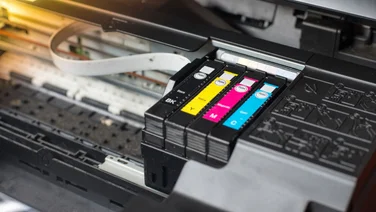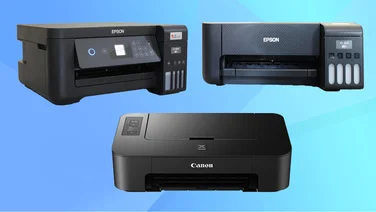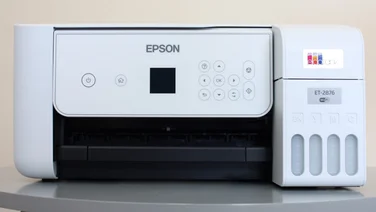To help us provide you with free impartial advice, we may earn a commission if you buy through links on our site. Learn more

Epson has a great reputation as a manufacturer of inkjet printers for serious photography enthusiasts. Despite its relatively low price, the Stylus Photo PX650 MFP is extremely well equipped, with six separate ink cartridges supplying dye-based black, cyan, magenta, yellow, light cyan and light magenta ink. It’s easy to set up and has plenty of useful features, including a 2.5in colour LCD screen, which makes it easy to print photos directly from your digital camera’s memory card. The six-ink system makes the PX650 more expensive to run than a typical four-colour inkjet. An A4 page of mixed black and colour costs 13.1p, while a 6x4in photo on Epson’s own-brand Premium Glossy Photo Paper will cost you around 31p. This compares well to most other photo inkjets in the market. A page of mono text isn’t too unreasonable at 2.5p, either. The PX650 isn’t a great choice if you want to print lots of documents on plain paper. At standard quality, even plain mono text prints at a sluggish 4.8ppm – significantly slower than most current inkjets. A mixed-colour print speed of 3.1ppm doesn’t compare too badly with the rest of the market, though. If you need to print something in a real hurry, the PX650’s draft mode managed a very respectable 10.3ppm. Unfortunately, while many inkjets have a draft mode that’s good enough for everyday printing, the PX650’s draft prints live up to their name; although they’re readable, text is too pale and poorly defined for anything except proof-reading. Even at standard quality, lettering was sometimes poorly defined or broken, while large areas of solid colour showed bands caused by the passage of the print head. It’s not unusable, but document printing isn’t the PX650’s strongest suit. It only really excels at photo printing, producing stunning images with rich dark tones, vivid highlights, smooth shading and outstanding contrast. A range of colour management options make it easy to ensure that your printed photo matches the image on your screen. It’s not particularly fast, at almost two minutes for a 6x4in photo, but the end results are worth the wait. Epson’s scanner interface is both powerful and easy to use. The 1,200×2,400dpi CIS scanner can’t handle negatives and isn’t high enough quality to scan images for permanent archival, but is easily good enough for everything else. We liked the realistic, slightly muted, colours of our scans and the accurate reproduction of fine detail and smooth shading. Sadly, copy quality proved to be much less impressive. It’s fast enough, at 21 seconds for a mono copy and 31 seconds for colour, but this speed is part of the problem. At the default settings, both colour and mono copies were streaky and banded.
The PX650 is rather a mixed bag, with a decent scanner and excellent photo printing but poor performance on plain-paper text and graphical documents. Canon’s Pixma MP640 is a much better all-rounder with lower print costs to boot.





